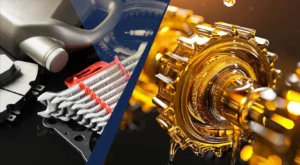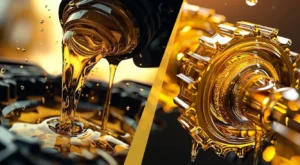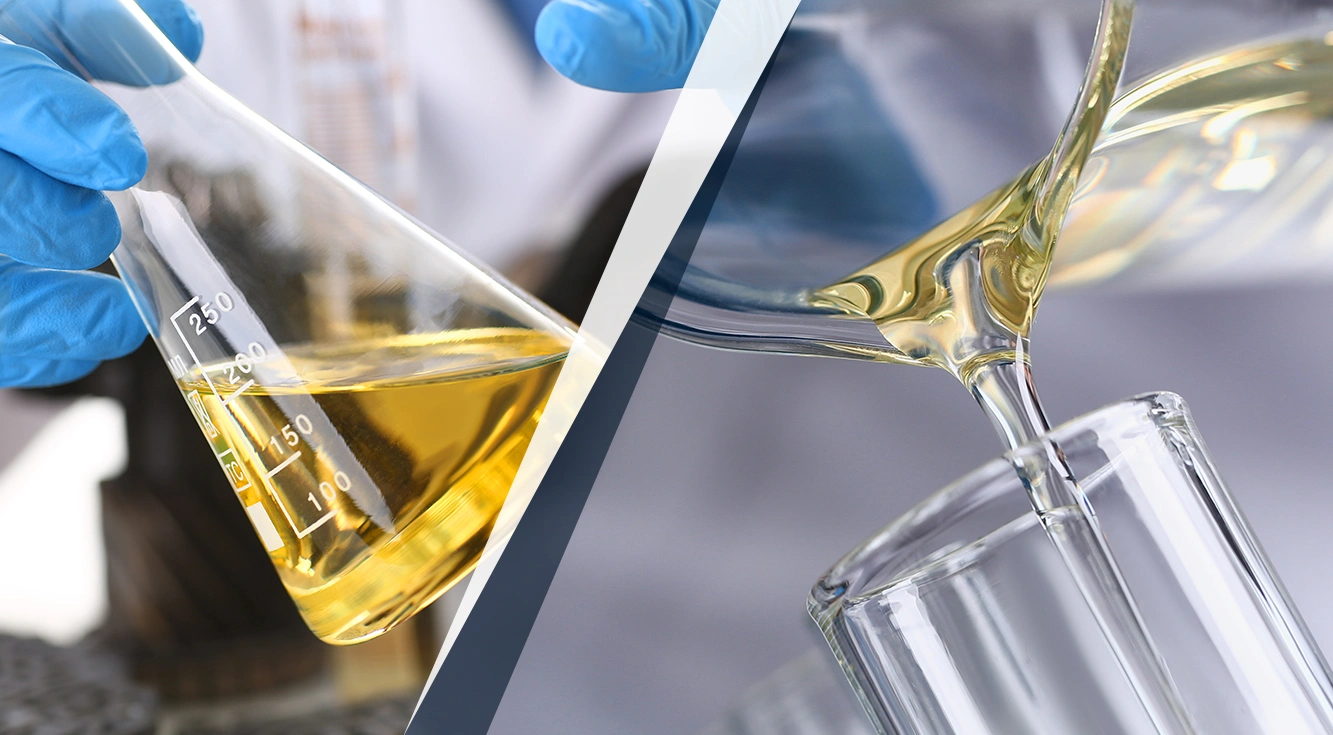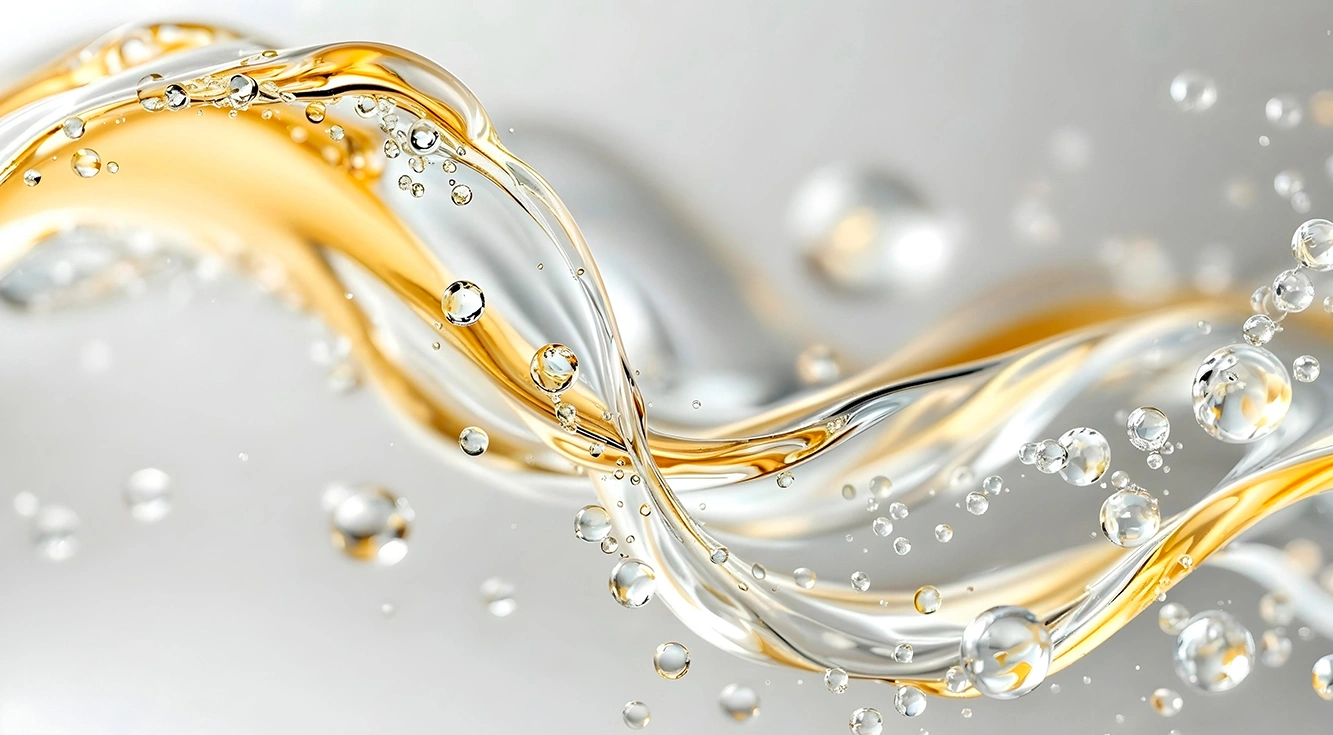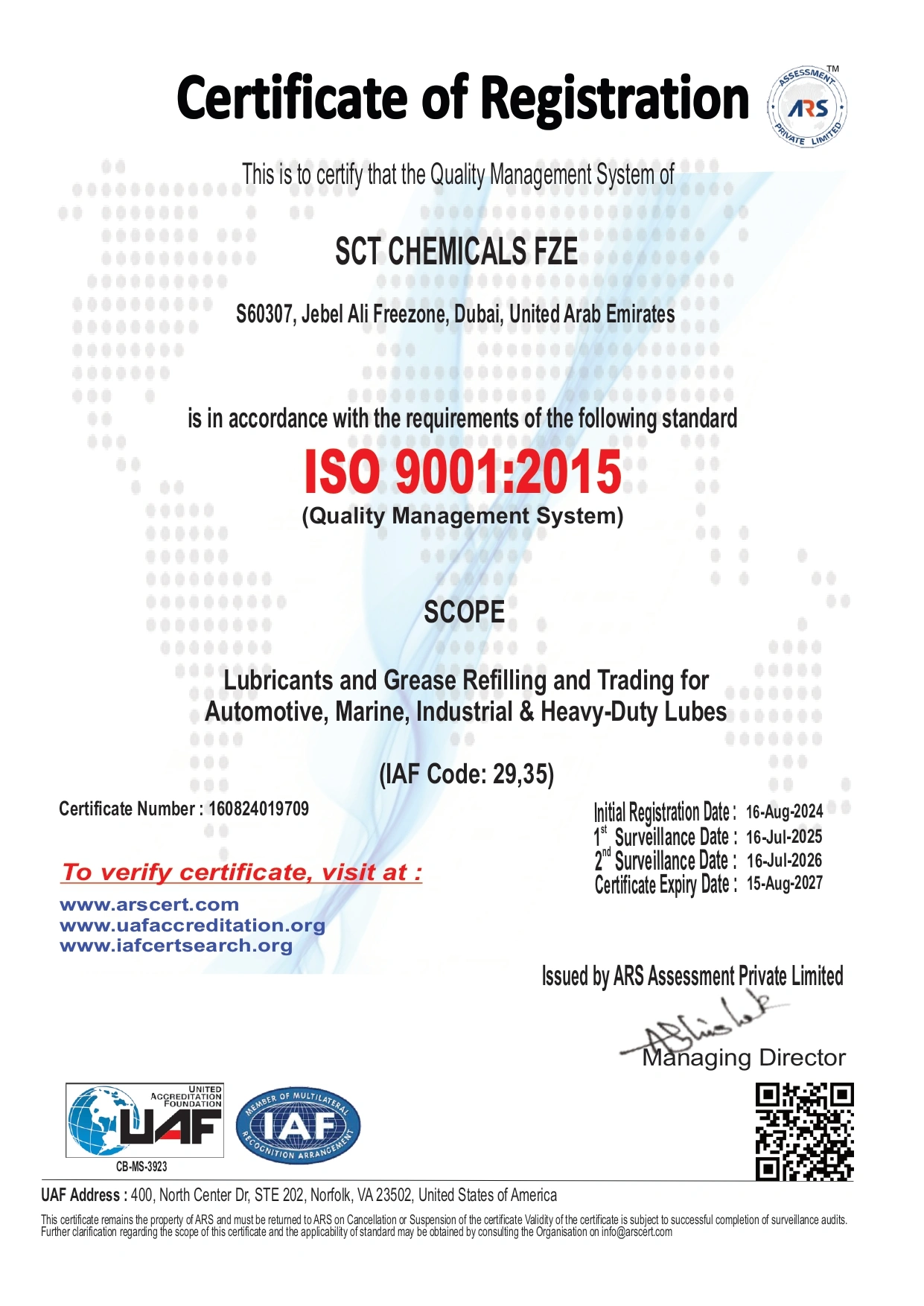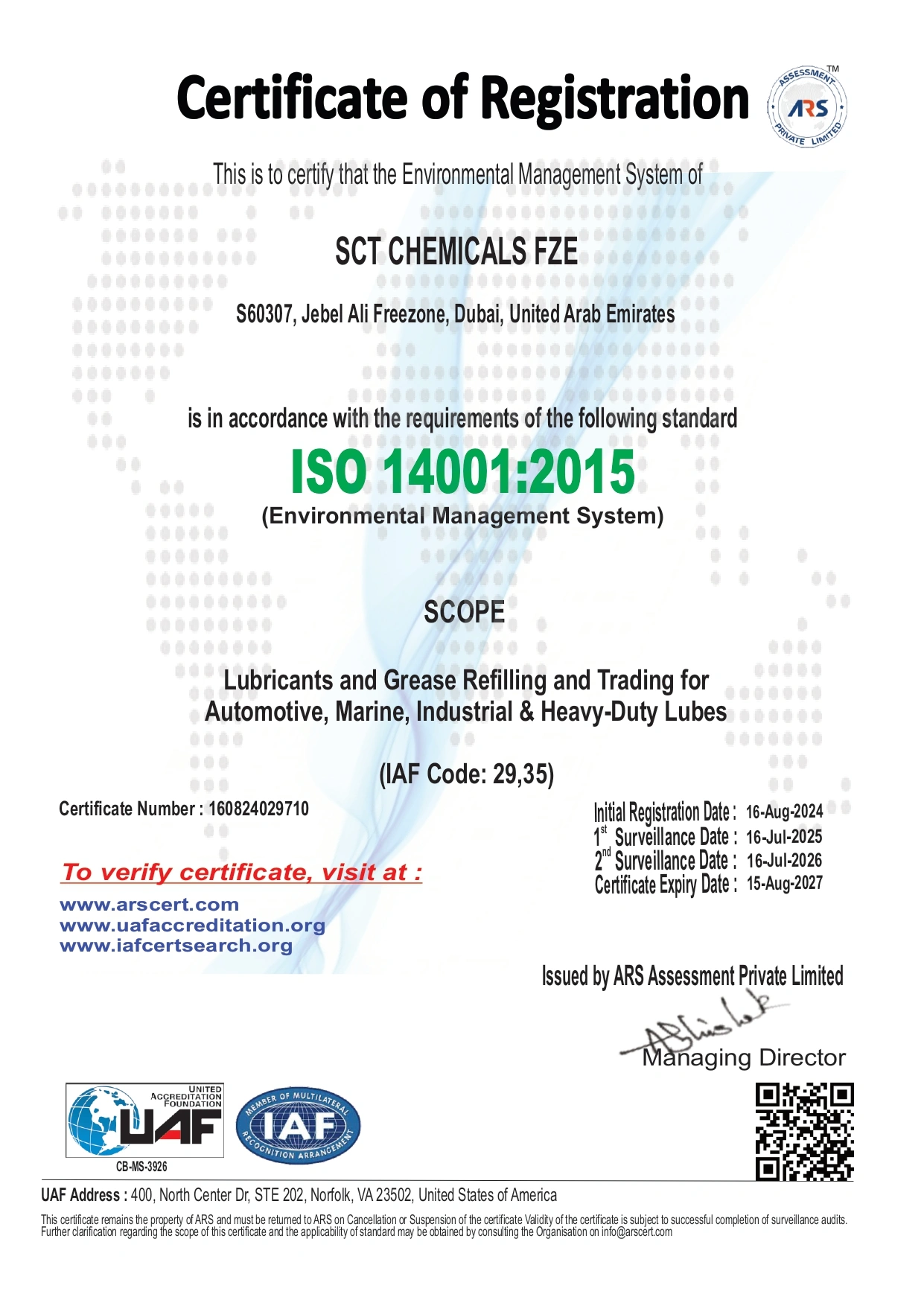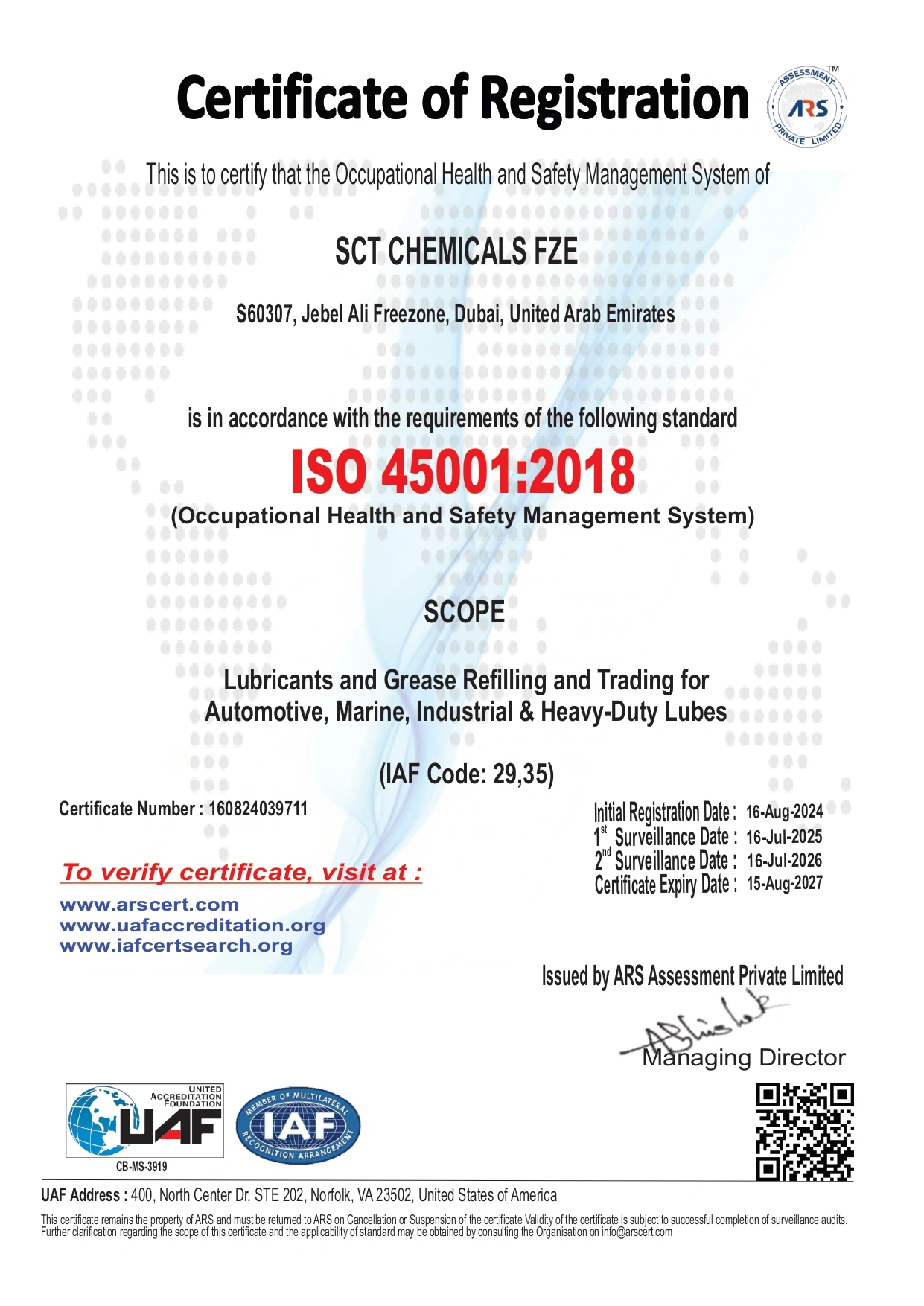Lubricants play a crucial role in ensuring smooth machinery operation, reducing friction, and preventing wear and tear. However, not all lubricants are created equal. If your equipment is showing signs of inefficiency, it might be time to consider an upgrade—especially with advanced synthetic lubricant additives that enhance performance.
In this guide, we’ll explore five key indicators that your lubricant needs an upgrade and how synthetic lubricant additives can optimize your machinery’s lifespan and efficiency.
1. Increased Equipment Wear and Tear
How Poor Lubrication Accelerates Damage
One of the most obvious signs that your lubricant isn’t performing well is excessive wear on machine components. If you notice:
- Unusual metal shavings in oil filters
- Frequent part replacements
- Increased friction noises
It’s a clear signal that your current lubricant isn’t providing sufficient protection. Synthetic lubricant additives offer superior anti-wear properties, reducing metal-to-metal contact and extending equipment life.
Explore High-Performance Lubricants at SCT Chemicals
2. Higher Operating Temperatures
The Role of Lubricants in Heat Dissipation
Overheating machinery is a red flag that your lubricant may be breaking down under stress. Traditional lubricants can oxidize at high temperatures, losing their viscosity and effectiveness.
Synthetic lubricant additives are engineered to withstand extreme heat, maintaining stability and preventing thermal breakdown. If your equipment runs hotter than usual, upgrading to a synthetic blend could be the solution.
3. Frequent Oil Changes and Contamination
When Your Lubricant Degrades Too Quickly
If you find yourself changing oil more often due to:
- Sludge buildup
- Water contamination
- Rapid viscosity loss
Your lubricant may lack the necessary additives to resist contamination. Synthetic lubricant additives enhance oxidation resistance and prevent sludge formation, reducing maintenance frequency.
4. Poor Fuel Efficiency
How Lubricants Impact Energy Consumption
Inefficient lubrication increases friction, forcing engines and machinery to work harder. This leads to higher fuel consumption and operational costs.
Advanced synthetic lubricant additives reduce friction significantly, improving fuel efficiency by up to 5%. If your energy bills are rising unexpectedly, a lubricant upgrade could help.
5. Unusual Noises and Vibration
Lubrication Failure Warning Signs
Grinding, knocking, or excessive vibration often indicate inadequate lubrication. If your lubricant isn’t forming a proper protective film, metal components suffer.
Synthetic lubricant additives provide a stronger lubricating film, reducing noise and vibration. Upgrading can prevent costly breakdowns and downtime.
Conclusion
Recognizing these five signs can save your machinery from premature failure. Upgrading to lubricants with synthetic lubricant additives ensures better performance, longer equipment life, and reduced operational costs.
At SCT Chemicals UAE, we provide high-quality lubricant solutions tailored to your needs. Contact us today to find the best synthetic lubricant additives for your machinery.


